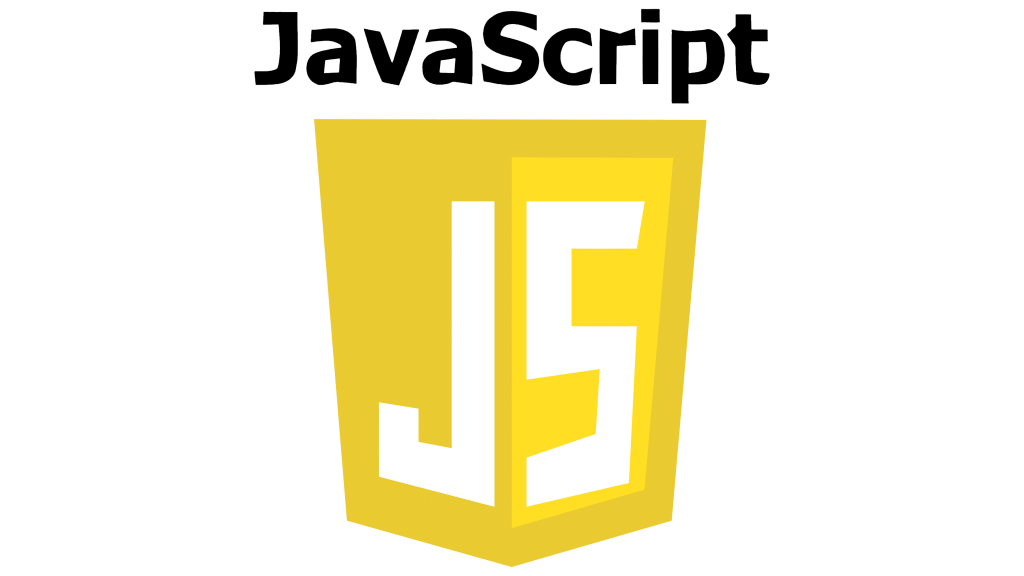
Learning JavaScript is a powerful step towards becoming a web developer. Here’s a guideline to help you get started:
1. **Basic JavaScript Concepts:**
– Understand variables, data types, operators, and basic syntax in JavaScript.
– Learn about functions and how to define and call them.
– Explore control flow statements such as if-else, for loops, while loops, etc.
2. **DOM Manipulation:**
– Learn about the Document Object Model (DOM) and how JavaScript can interact with HTML elements on a web page.
– Understand how to access and modify HTML elements using JavaScript.
3. **Events:**
– Learn how to handle various events like click, submit, keypress, etc., and perform actions based on those events.
4. **Asynchronous JavaScript:**
– Understand asynchronous programming concepts.
– Learn about callbacks, Promises, and the newer async/await syntax to handle asynchronous operations.
5. **Arrays and Objects:**
– Learn about JavaScript arrays and their built-in methods for manipulation.
– Understand objects, properties, and methods to represent and work with complex data.
6. **JSON:**
– Learn about JSON (JavaScript Object Notation) and how to parse and stringify data in JSON format.
7. **Error Handling:**
– Learn about try-catch blocks to handle errors gracefully in JavaScript code.
8. **Scope and Closures:**
– Understand JavaScript’s function scope and lexical scope.
– Learn about closures and how they allow functions to retain access to their outer scope even after execution.
9. **ES6 Features:**
– Explore modern JavaScript features introduced in ECMAScript 6 (ES6) and later versions.
– Learn about let and const, arrow functions, template literals, spread and rest operators, etc.
10. **Built-in Objects and Functions:**
– Familiarize yourself with JavaScript’s built-in objects like Math, Date, String, etc.
– Learn about commonly used built-in functions like parseInt, parseFloat, setTimeout, setInterval, etc.
11. **DOM Manipulation Libraries:**
– Consider learning and using libraries like jQuery for easier and more efficient DOM manipulation.
12. **AJAX and Fetch API:**
– Learn how to make asynchronous requests to servers using AJAX or the newer Fetch API.
13. **Modular JavaScript:**
– Explore module patterns to organize your JavaScript code and keep it maintainable.
14. **Debugging and Browser Developer Tools:**
– Familiarize yourself with browser developer tools (e.g., Chrome DevTools) to debug JavaScript code effectively.
15. **Practice and Projects:**
– Work on small projects to apply your knowledge and gain practical experience.
16. **Stay Updated:**
– JavaScript evolves rapidly, with new features and improvements. Stay updated with the latest ECMAScript specifications and best practices.
Remember that practice is essential in becoming proficient in JavaScript. Start with simple exercises and gradually move on to more complex projects. As you gain experience, you’ll become more comfortable and confident in using JavaScript to build interactive and dynamic web applications. Happy coding!